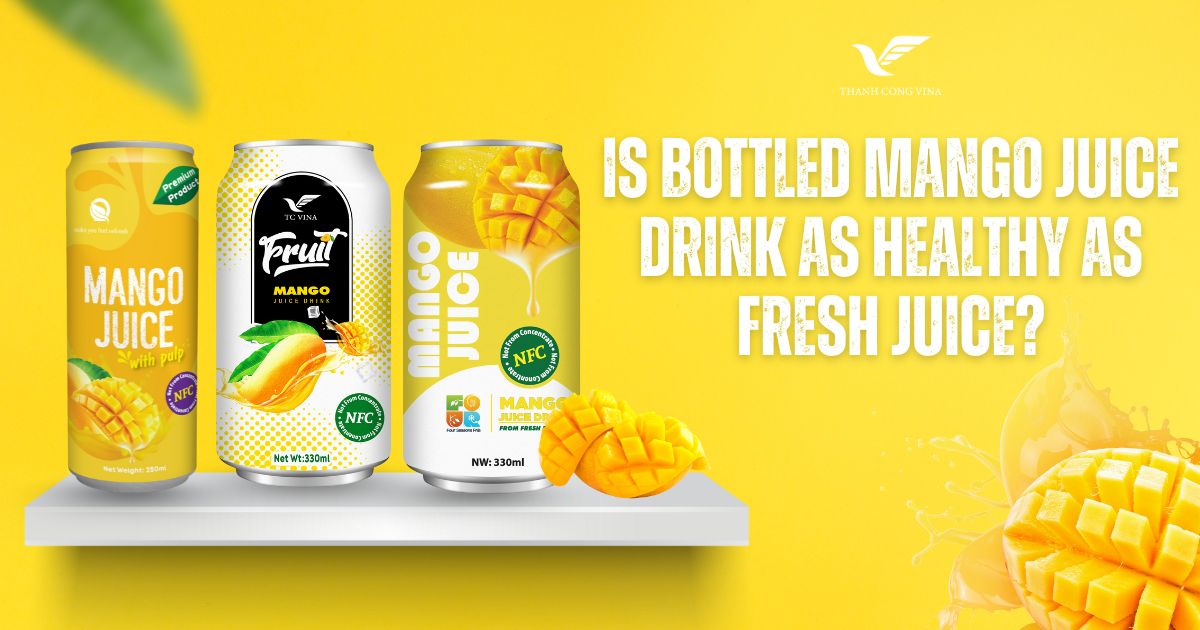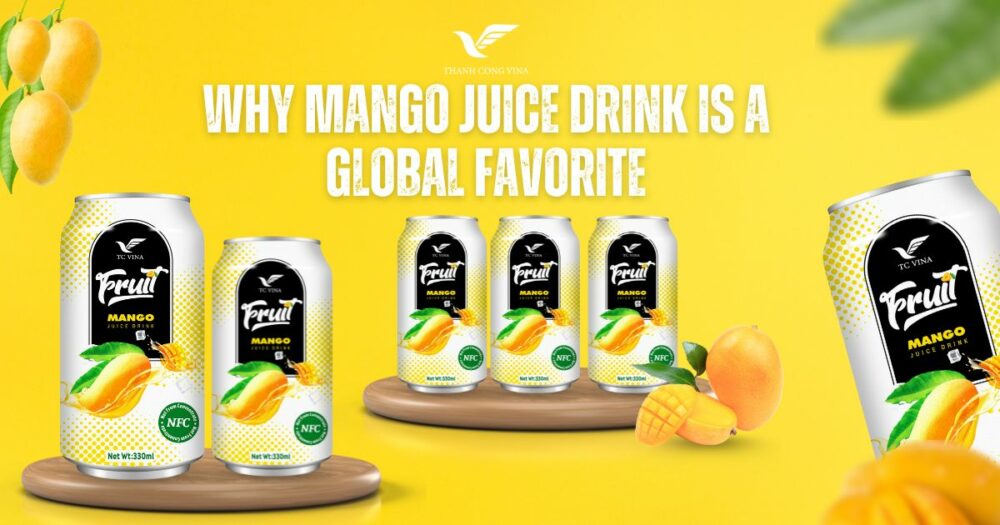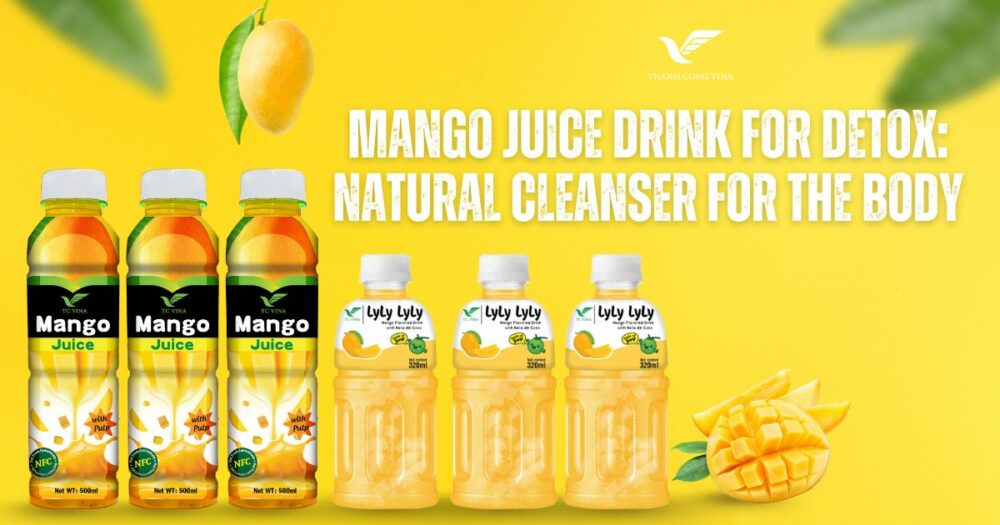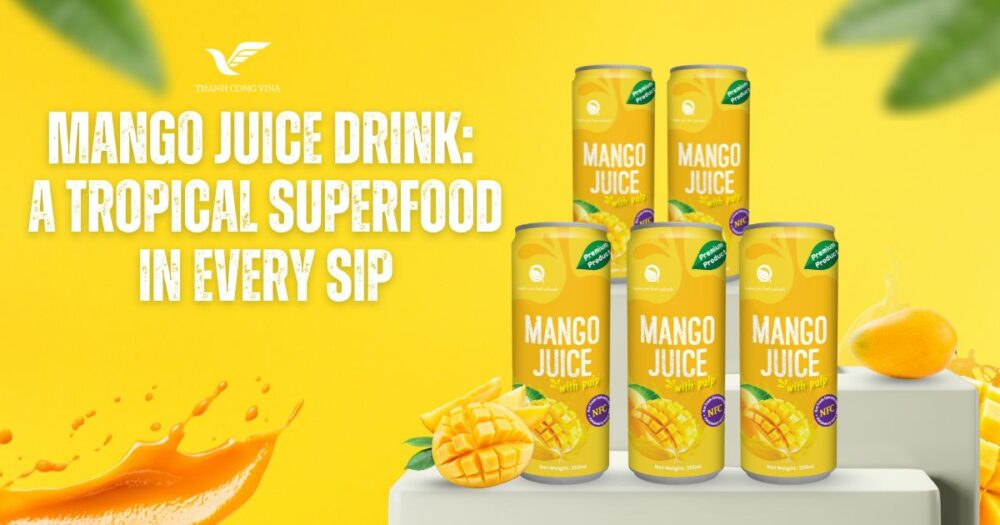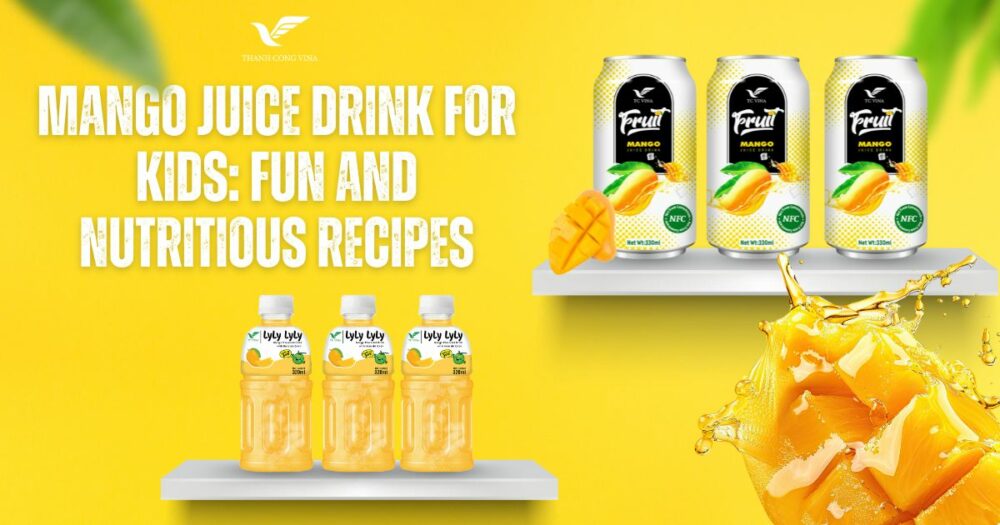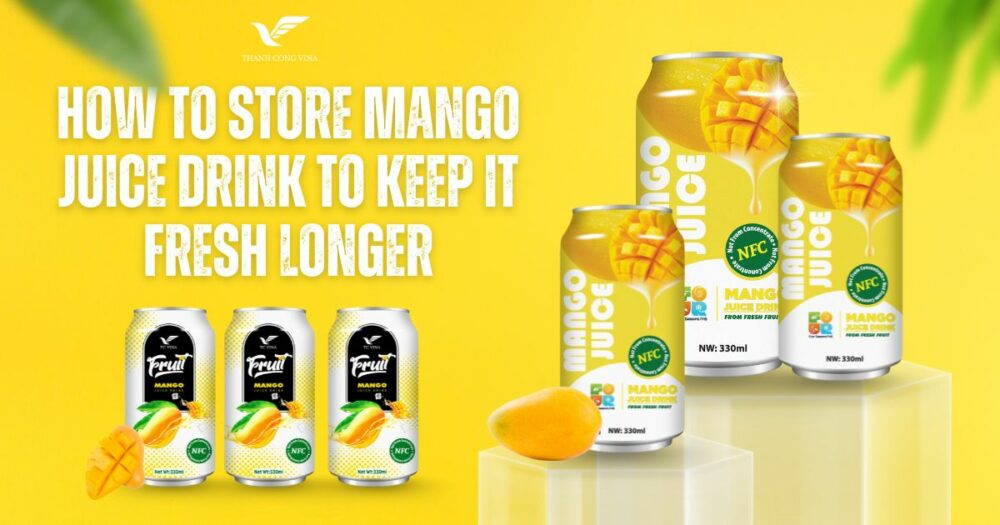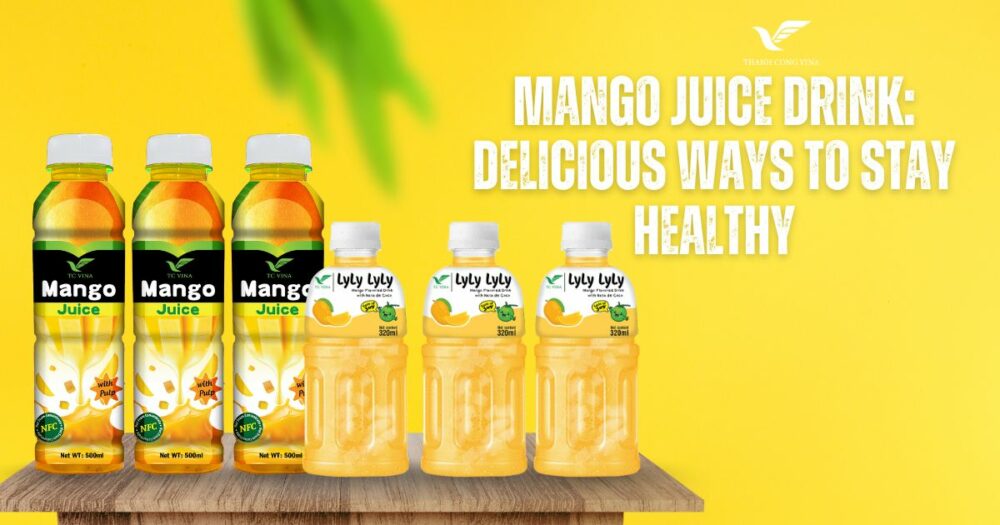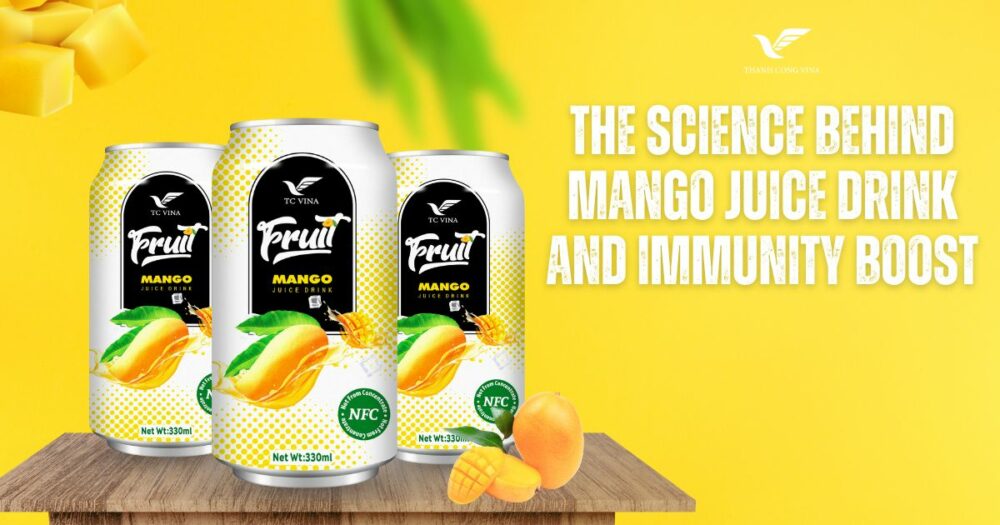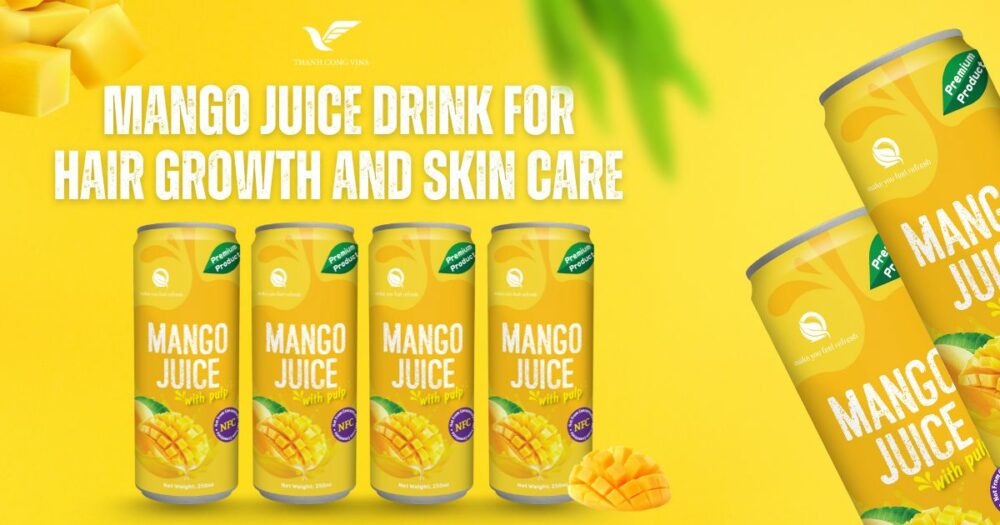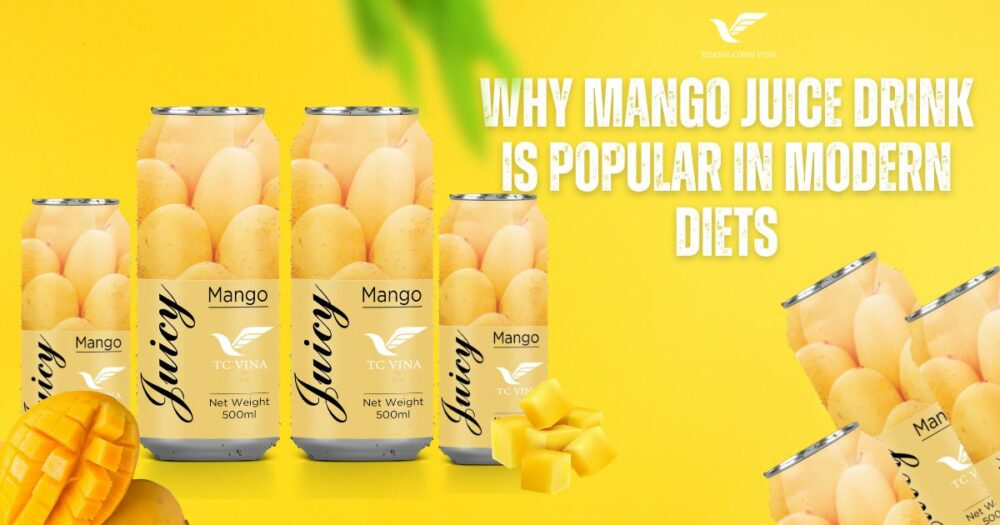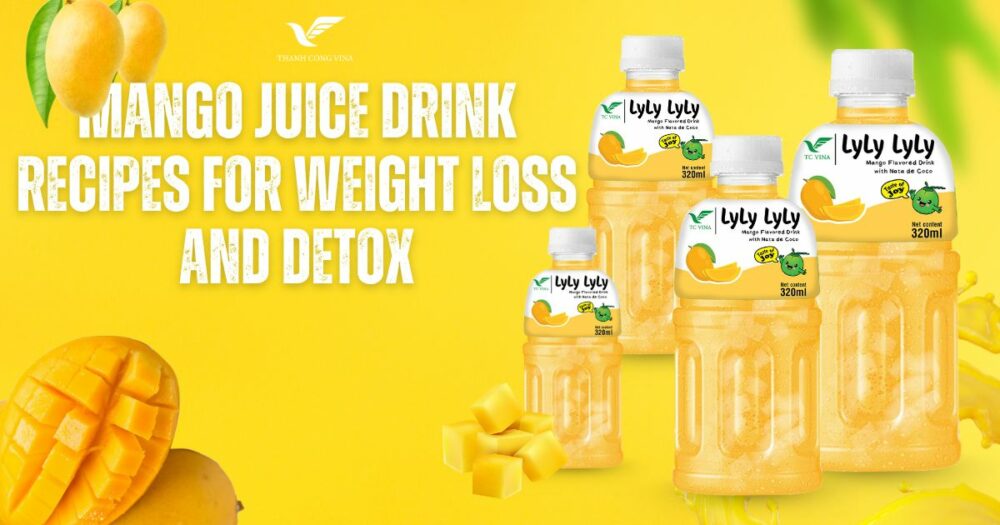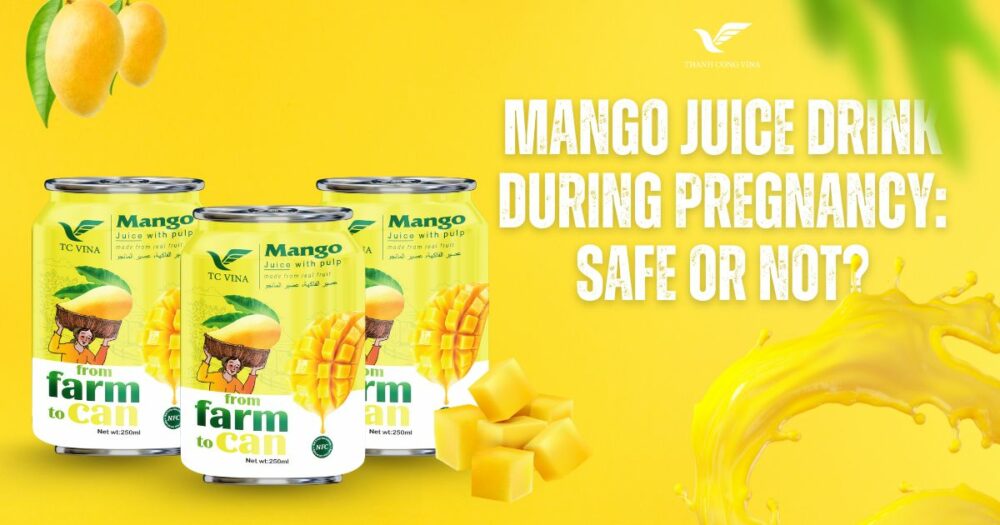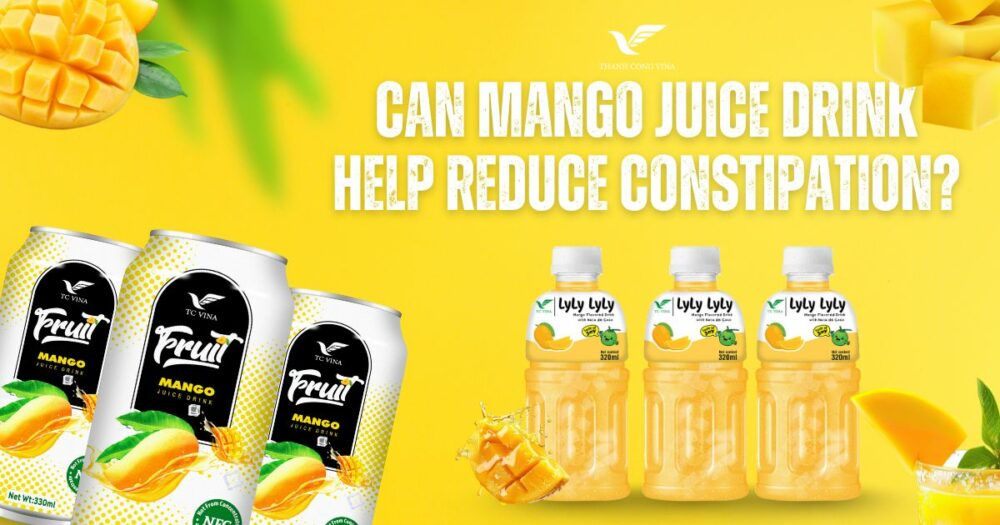Mango juice is one of the most beloved fruit beverages worldwide — sweet, tropical, and refreshing. As modern lifestyles get busier, bottled Mango Juice Drink has become a convenient alternative to fresh-pressed juice. But how does bottled juice compare to homemade mango juice in terms of nutrition, freshness, and health benefits? Many consumers wonder whether they’re making a healthy choice when reaching for that ready-to-drink bottle. This article explores the science behind bottled mango juice, comparing it with fresh versions, and analyzing how processing affects nutrients, flavor, and overall wellness benefits. By the end, you’ll clearly understand whether bottled Mango Juice Drink can truly rival its fresh counterpart — or if making your own at home remains the gold standard for health-conscious individuals.
1. Understanding Mango Juice Drink: What’s Inside the Bottle
The Basic Ingredients of Bottled Mango Juice Drink
A typical Mango Juice Drink often includes a blend of mango puree, water, sweeteners (such as sugar or fructose syrup), and sometimes preservatives or vitamin fortifications. Unlike 100% fresh juice, commercial drinks may contain only 20–50% real fruit content, depending on the brand and production regulations. This means while you still enjoy the tropical flavor, the nutritional density may differ from that of fresh mangoes.
Fresh Mango Juice: A Natural Nutrient Powerhouse
Freshly made mango juice contains natural fiber, enzymes, and higher levels of vitamin C and beta-carotene. These nutrients are sensitive to heat, so when juice undergoes pasteurization — a common step in bottled drink production — part of these vitamins are reduced. However, bottled juice often compensates for this by fortifying additional vitamins to maintain its nutritional appeal.
Conclusion of This Section
In short, bottled versions are convenient and consistent, while fresh mango juice delivers unprocessed nutrition. Both have their place, depending on lifestyle and goals.
2. How Bottled Mango Juice Drink Is Made
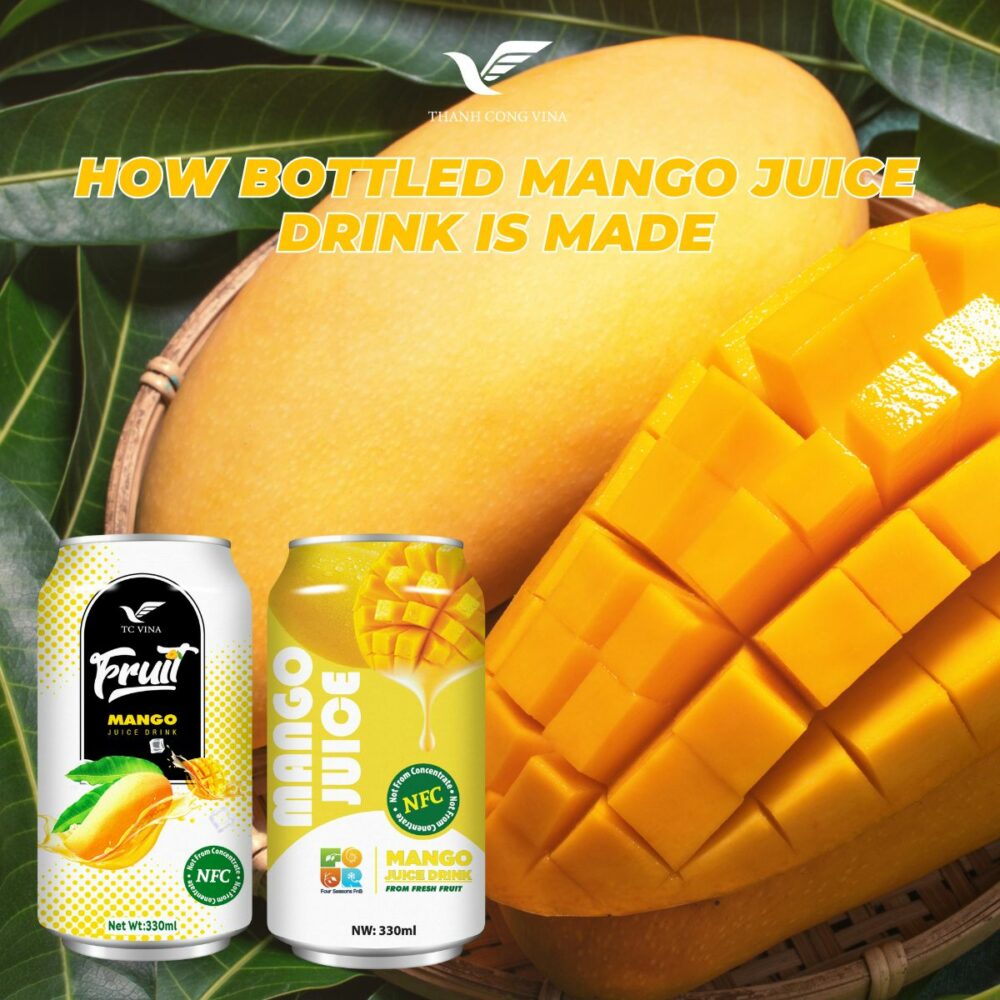
How Bottled Mango Juice Drink Is Made
From Mango Harvest to Bottle
The journey starts with ripe mangoes selected for their sweetness and color. The fruit is cleaned, peeled, and pureed into a thick pulp. This pulp is then diluted with purified water to create a drinkable consistency. Some brands add stabilizers or natural flavor enhancers to ensure uniform taste across batches.
Pasteurization and Preservation Process
To extend shelf life, bottled Mango Juice Drink undergoes pasteurization, where it’s heated briefly to kill bacteria and enzymes that cause spoilage. While this ensures safety and longevity, it can also reduce certain vitamins and antioxidants naturally found in mangoes. Advanced techniques like cold-pressed or flash-pasteurization aim to minimize nutrient loss.
Packaging and Quality Control
Modern manufacturers use aseptic packaging and sealed bottles to prevent contamination. Glass and PET bottles both serve to preserve taste and color while making global distribution possible. Proper packaging plays a crucial role in maintaining the product’s freshness for months without refrigeration.
3. Nutritional Comparison: Bottled vs. Fresh Mango Juice Drink
Vitamin Content and Antioxidants
Fresh mango juice is loaded with vitamin C, vitamin A, and antioxidants that support immune health and skin rejuvenation. However, bottled mango juice often loses a fraction of these nutrients during pasteurization. Some brands restore these nutrients by fortifying with synthetic vitamins, which may not offer the same absorption rate as natural ones.
Sugar and Caloric Differences
One of the biggest distinctions lies in sugar content. Fresh mango juice contains natural fructose, while bottled drinks often include added sugars to enhance flavor. This can lead to higher calorie counts and a greater glycemic impact. For those monitoring sugar intake, it’s important to check the label before choosing a bottled option.
Fiber and Enzymes
Freshly blended mango juice retains pulp and fiber, essential for digestion and satiety. In contrast, bottled versions filter out most fiber to achieve a smooth texture, which can slightly reduce its health benefits.
4. The Role of Preservatives and Additives
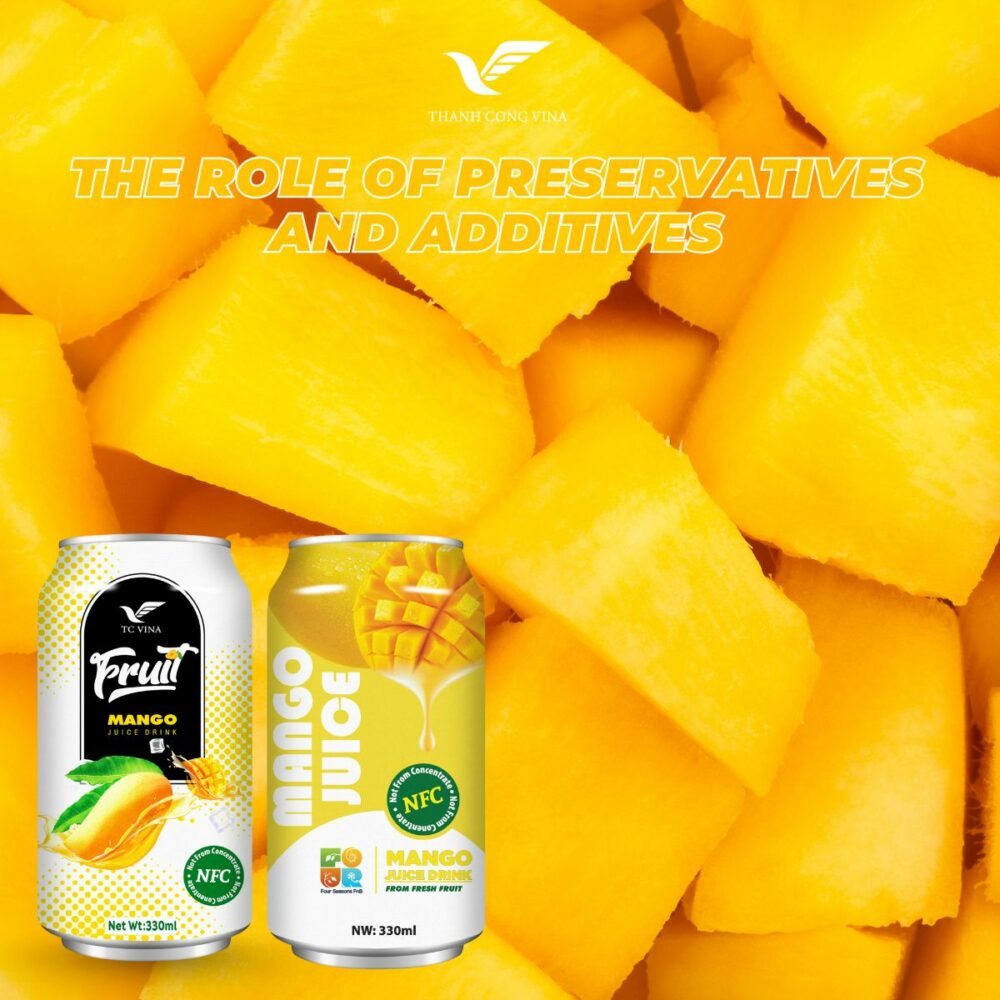
The Role of Preservatives and Additives
Why Preservatives Are Used
Preservatives are added to bottled Mango Juice Drink to prevent microbial growth and oxidation. Common types include citric acid and ascorbic acid (vitamin C), both of which maintain color and flavor. While these are generally safe, long-term consumption of drinks with artificial additives can concern some health-conscious consumers.
Artificial vs. Natural Additives
Brands increasingly turn to natural stabilizers and antioxidants like rosemary extract or natural vitamin C sources. This reflects a growing demand for “clean label” beverages — those without chemical-sounding ingredients. Still, not all bottled juices follow this standard, so consumers should read ingredient lists carefully.
Balancing Shelf Life and Freshness
Finding the right balance between safety, taste, and nutrition is key. Without preservatives, bottled mango juice would spoil quickly, especially in tropical climates. Modern production methods now allow for safer, more natural preservation techniques that keep nutrients intact longer.
5. Health Benefits of Mango Juice Drink (When Consumed Properly)
Rich in Vitamins and Antioxidants
Mangoes are nature’s vitamin storehouse, containing nutrients that support immune function, heart health, and eye protection. Even bottled versions, though slightly less potent, still provide a fair amount of antioxidants that help neutralize free radicals.
Supports Digestion and Hydration
Mango juice, whether fresh or bottled, helps maintain hydration and digestive balance due to its enzyme content. However, fresh juice has the advantage of containing more live enzymes that promote gut health.
Mood and Energy Boost
The natural sugars in mangoes provide a quick, refreshing energy source. Combined with its sweet aroma, Mango Juice Drink can uplift mood and combat fatigue, making it a favorite morning or afternoon pick-me-up.
6. How to Choose the Healthiest Bottled Mango Juice Drink
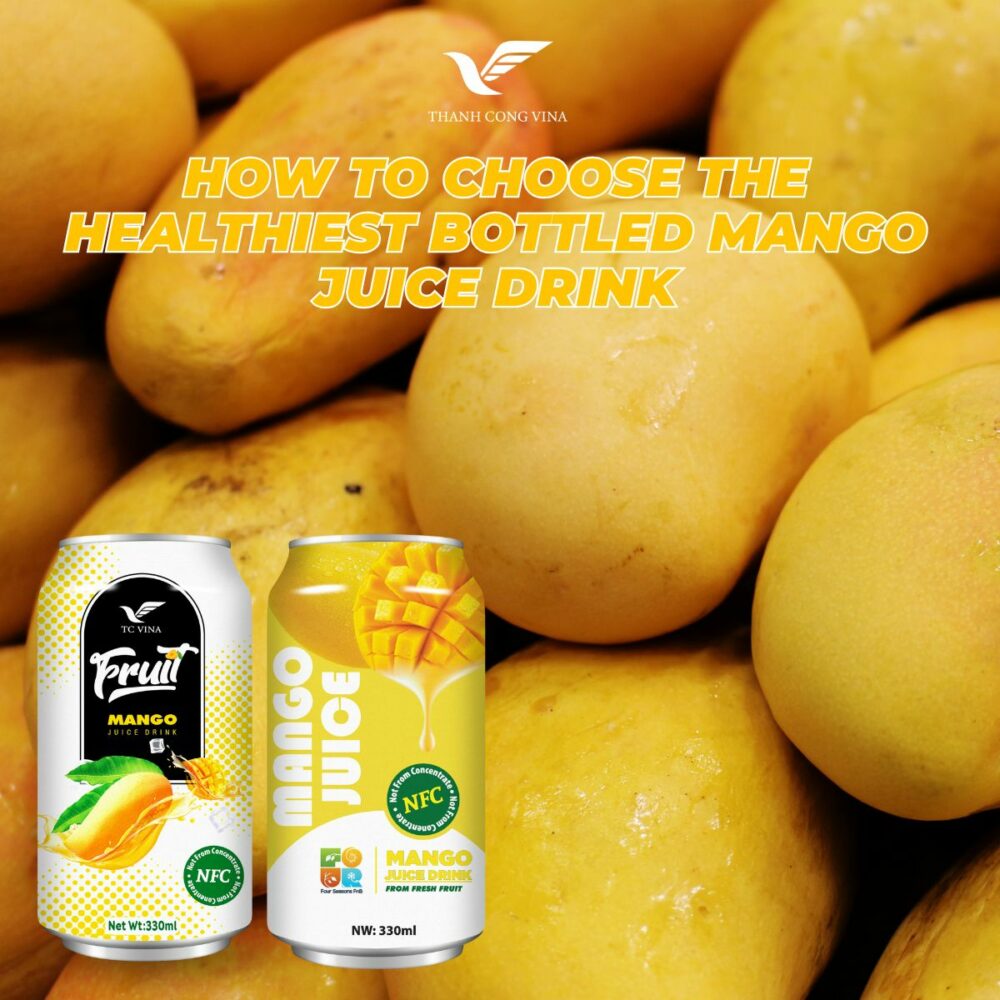
How to Choose the Healthiest Bottled Mango Juice Drink
Read the Label Carefully
Look for options labeled as “100% juice” or those without added sugars. Avoid juices with high-fructose corn syrup or artificial colorants. The ingredient list should ideally be short, featuring real mango puree as the first or second item.
Check for Cold-Pressed or Not-from-Concentrate Options
Cold-pressed mango juice retains more enzymes and nutrients since it avoids high heat. Similarly, “not from concentrate” drinks are closer in quality to fresh juice, offering a purer mango taste.
Storage and Expiry Date
Always store bottled juice in a cool, dark place and consume before the expiration date. Once opened, it should be refrigerated and consumed within a few days to retain freshness and nutrients.
7. When Bottled Mango Juice Drink Might Not Be Ideal
For Those with Sugar Sensitivity or Diabetes
Individuals managing blood sugar levels should be cautious. Bottled mango drinks may contain added sugars, which can cause glucose spikes. Opt for low-sugar or natural juice alternatives when possible.
If You’re Following a Detox or Weight Loss Program
While mango juice provides vitamins, bottled versions can be calorie-dense. To use it wisely in detox plans, dilute it with water or blend it with cucumber or celery to balance sugar intake.
Allergy Considerations and Additives
Though rare, some people may react to sulfites or other preservatives used in packaged juice. Always check the label, especially if you have known sensitivities.
8. Fresh vs. Bottled Mango Juice Drink: Final Verdict
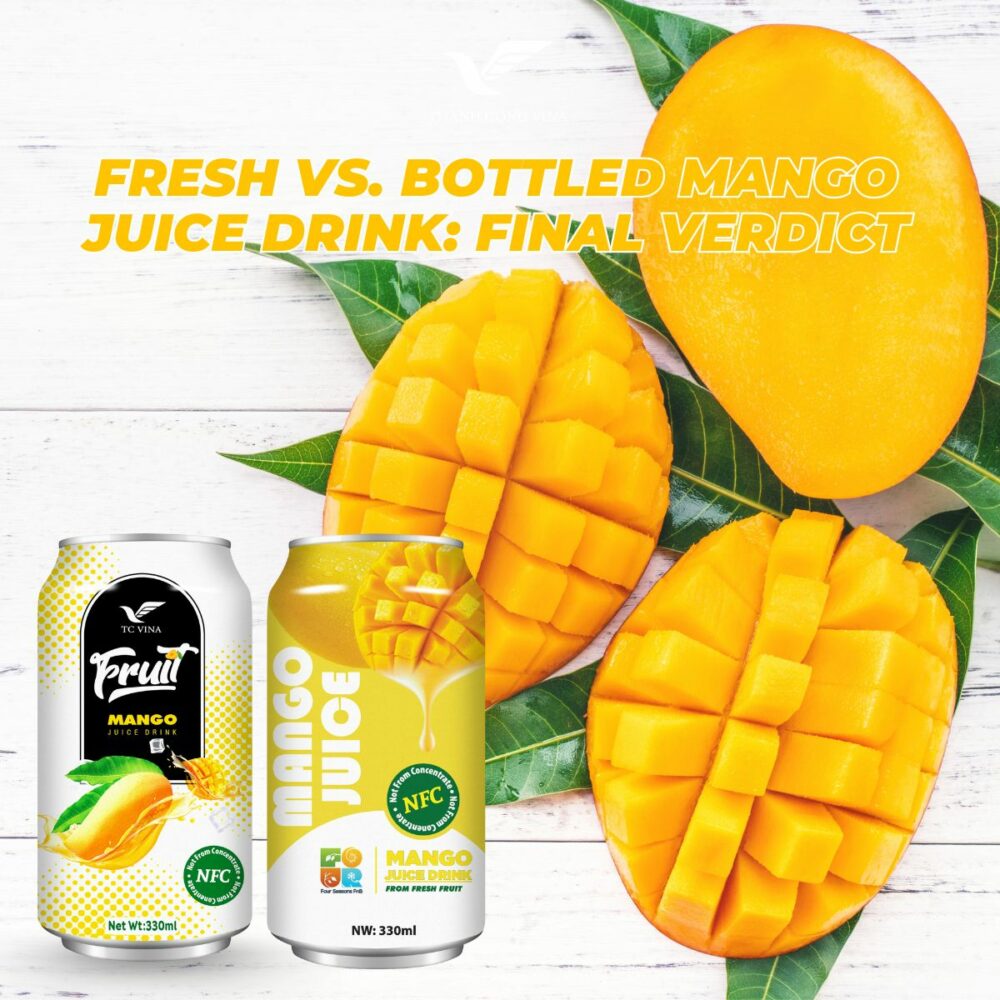
Fresh vs. Bottled Mango Juice Drink: Final Verdict
The Convenience Factor
For busy individuals, bottled Mango Juice Drink is a practical, refreshing solution. It delivers consistent flavor and accessibility anytime, anywhere.
Nutritional Reality
However, fresh mango juice remains nutritionally superior — richer in enzymes, vitamins, and fiber. Bottled juice, while convenient, should complement rather than replace fresh fruit intake.
Smart Consumption Tip
Moderation is key. Incorporating bottled mango juice into a balanced diet can still provide hydration and antioxidants, especially when choosing high-quality brands that minimize additives.
Conclusion
Both fresh and bottled Mango Juice Drink have their unique advantages. Fresh juice provides a higher nutrient profile and natural fiber, while bottled juice offers convenience and consistency. For consumers looking for a reliable, high-quality beverage option, Thanh Cong Vina stands out as a trusted brand committed to delivering nutritious and flavorful mango-based drinks. Their manufacturing process focuses on maintaining real fruit content and minimizing artificial additives, ensuring that every sip retains authentic tropical goodness. Whether you enjoy your mango juice drink chilled from the fridge or freshly blended, Thanh Cong Vina Beverage ensures quality, safety, and taste you can rely on. Choosing wisely between fresh and bottled juice allows you to enjoy the best of both worlds — convenience and nutrition in harmony.

